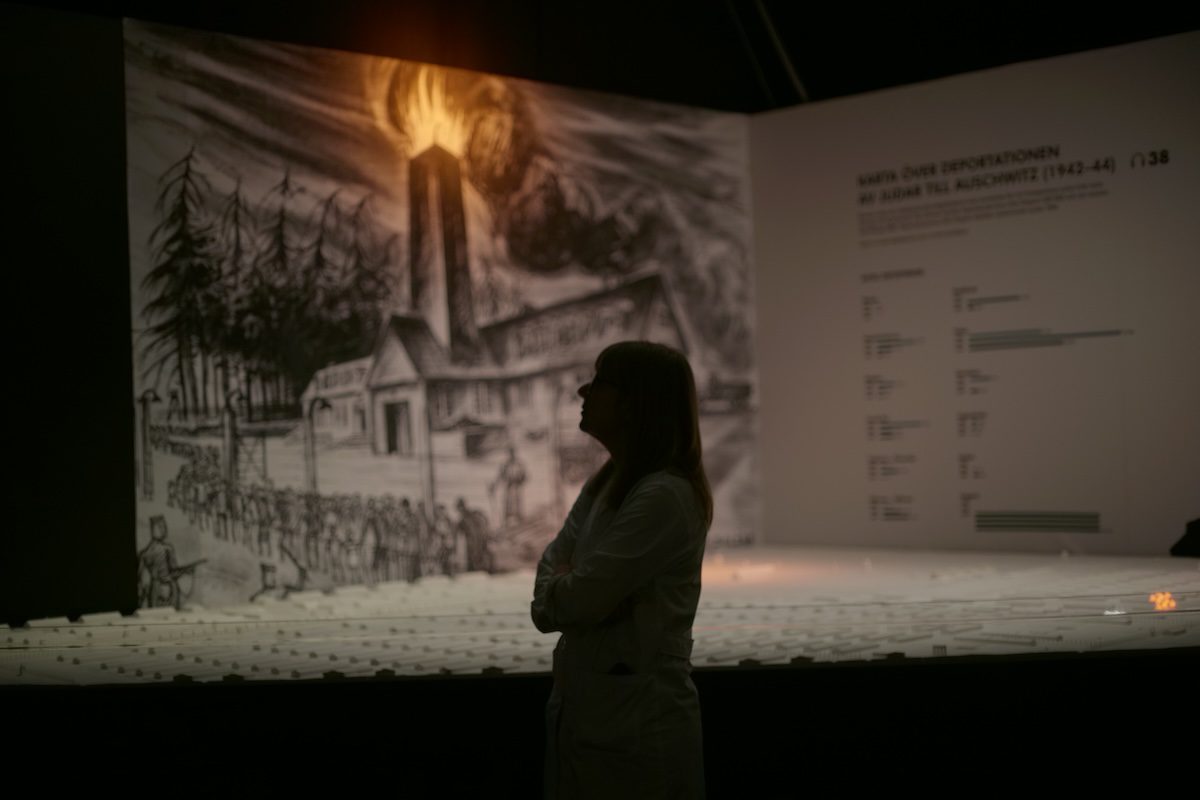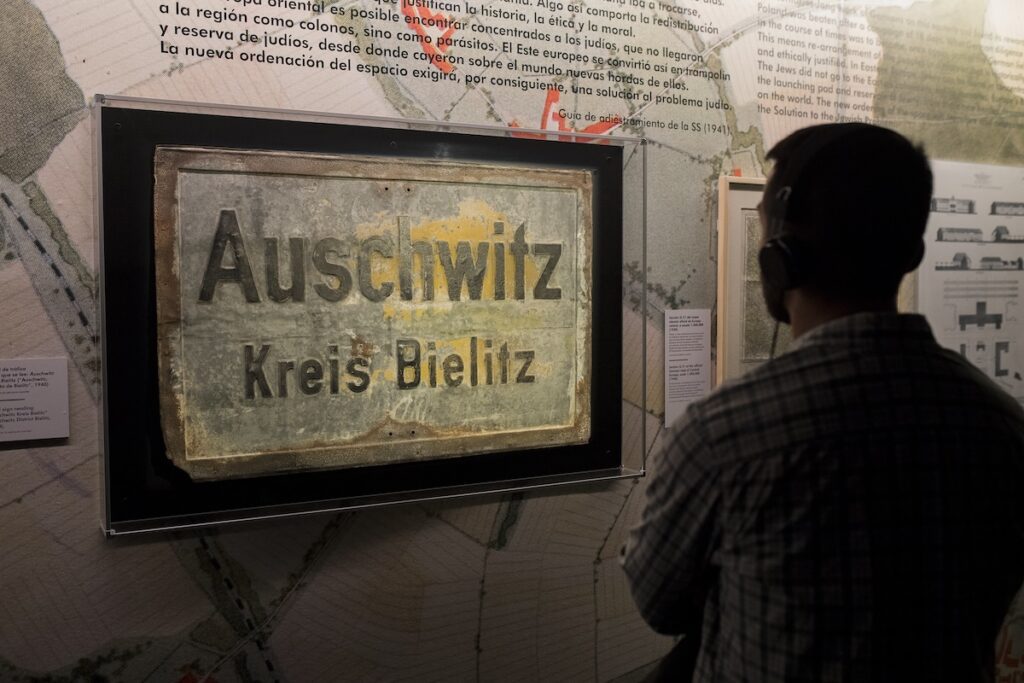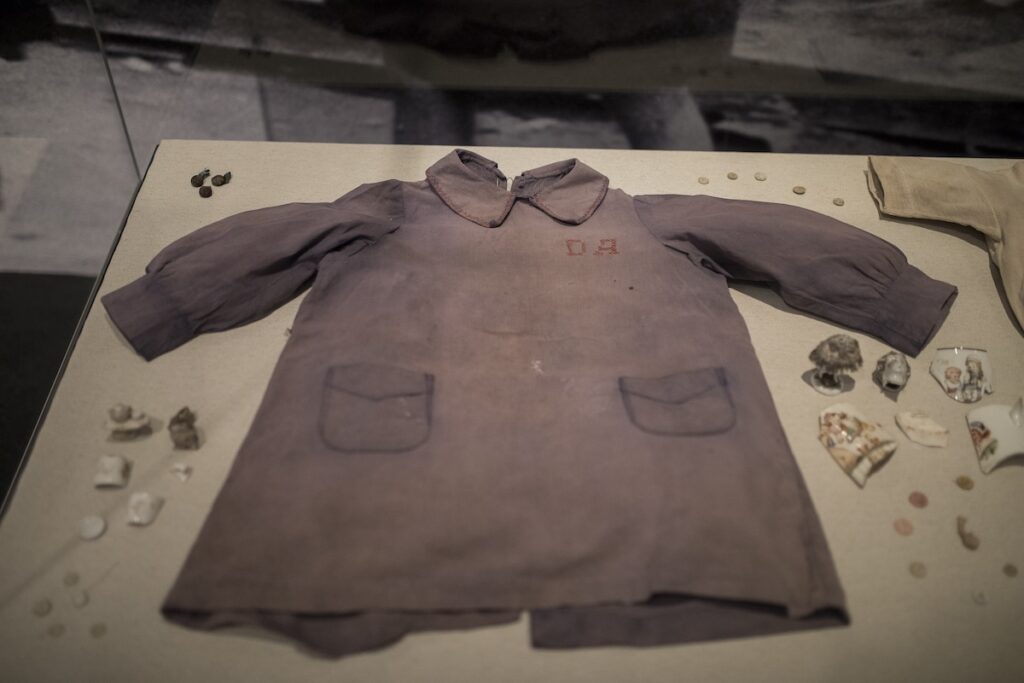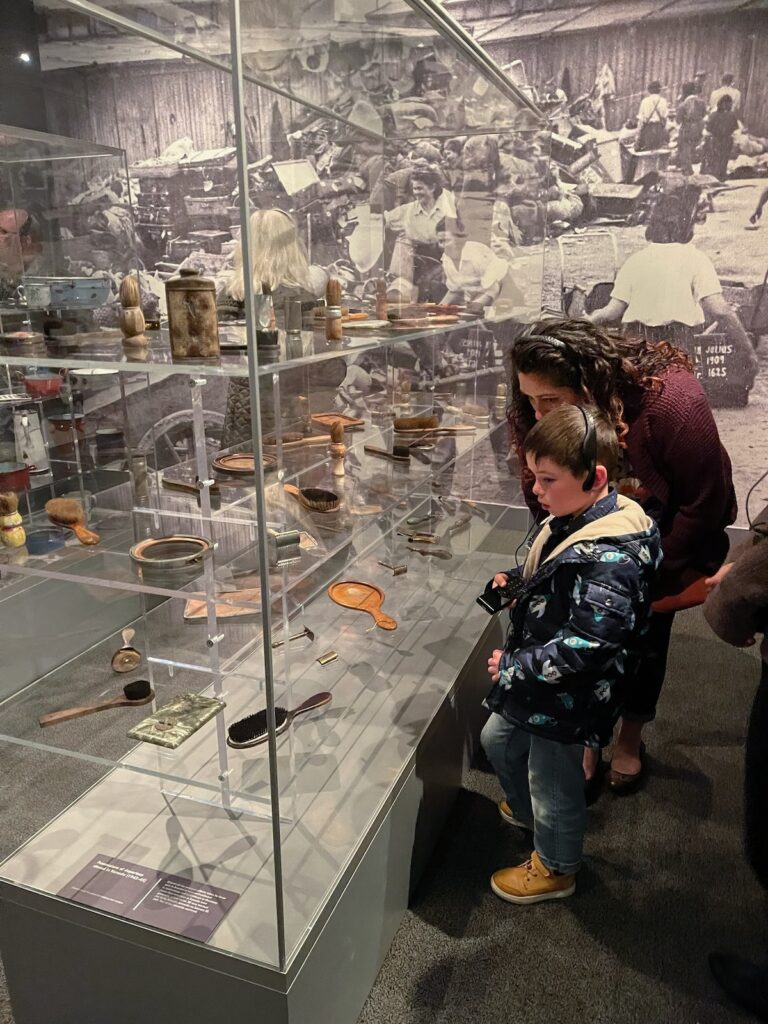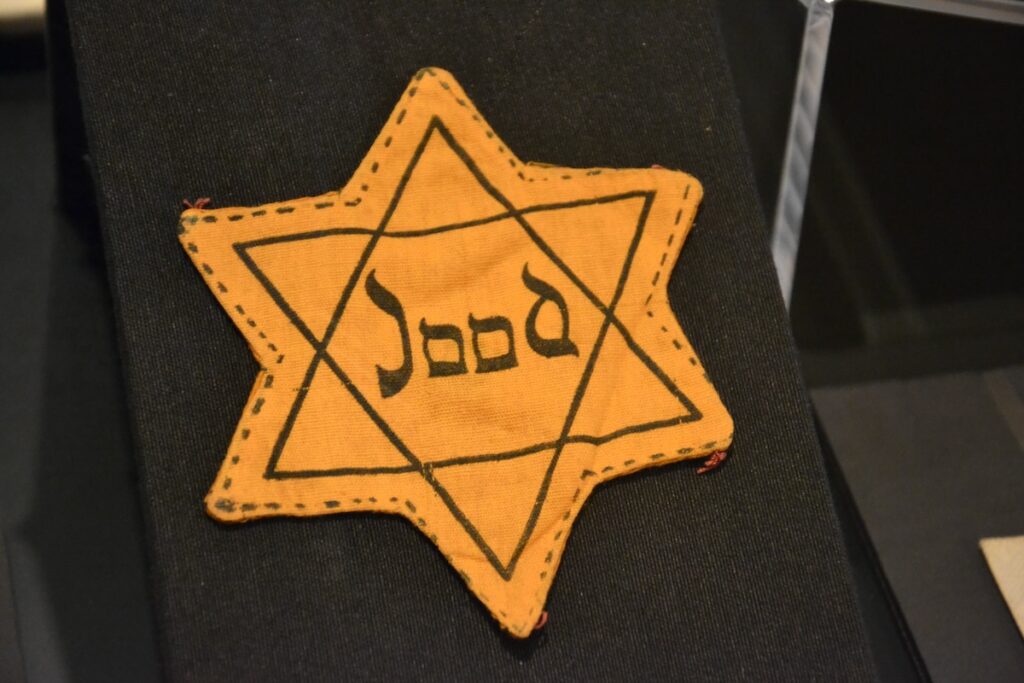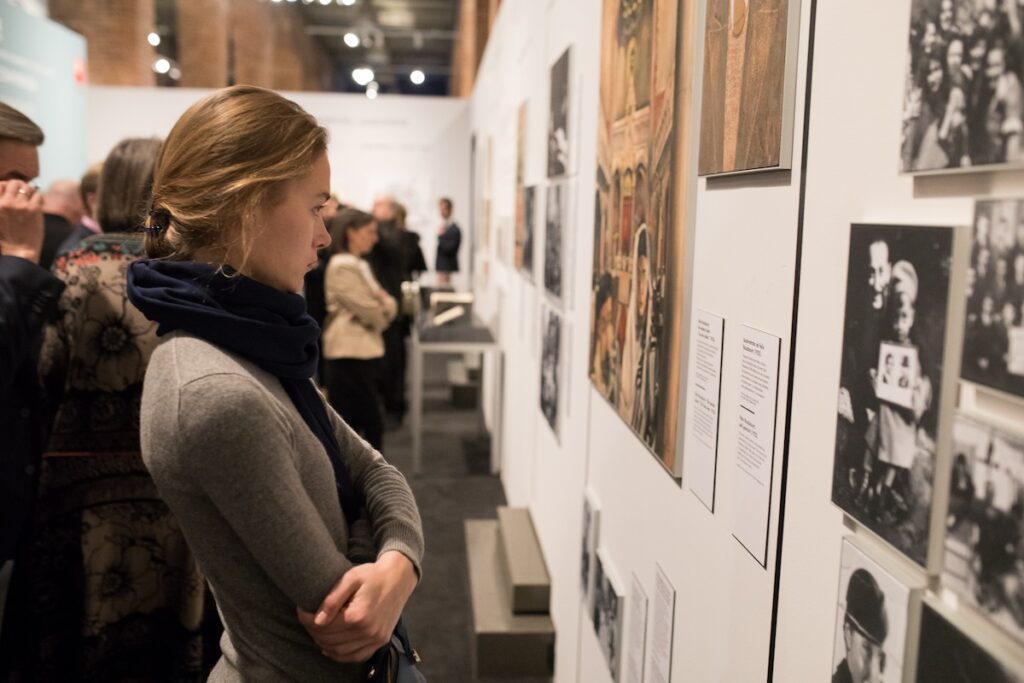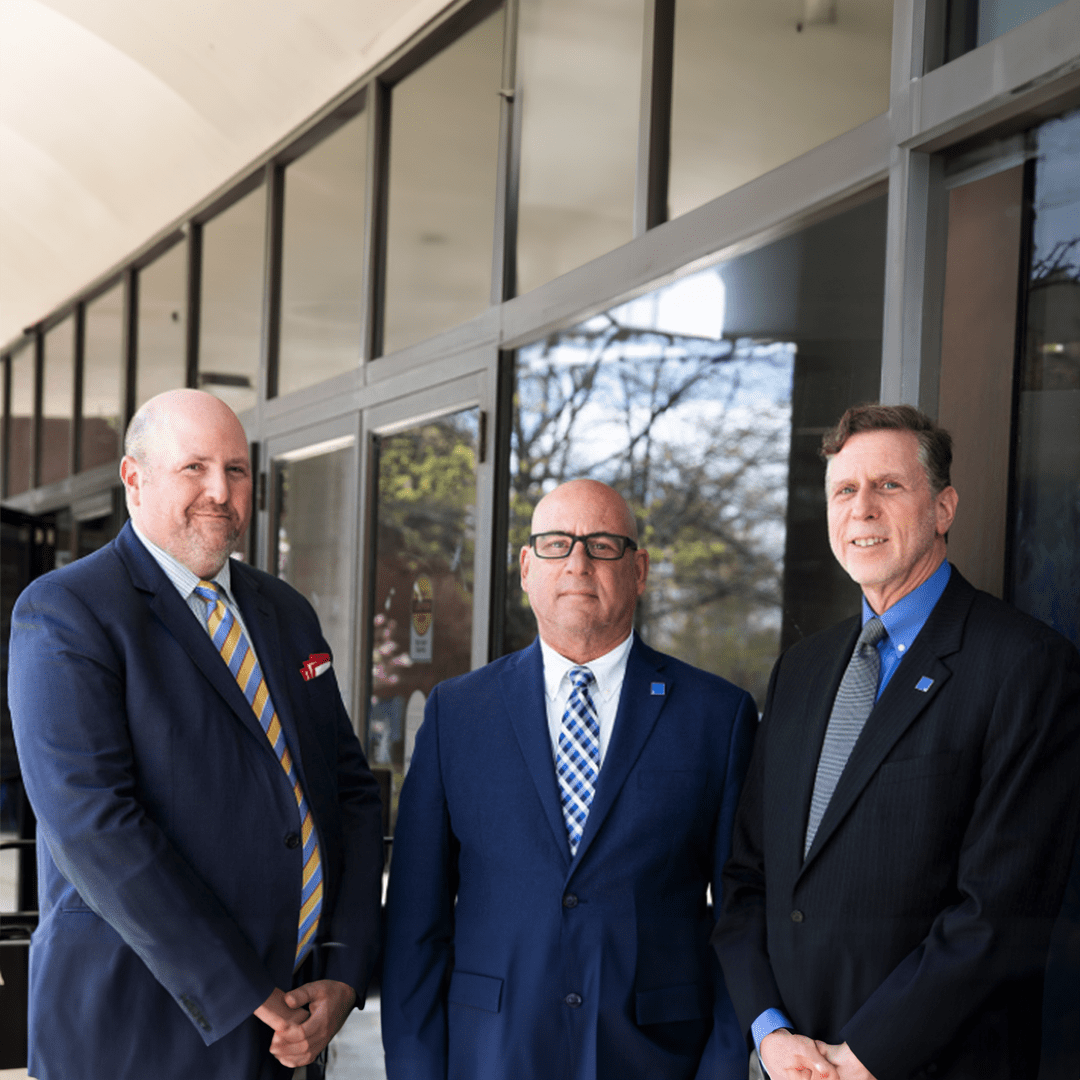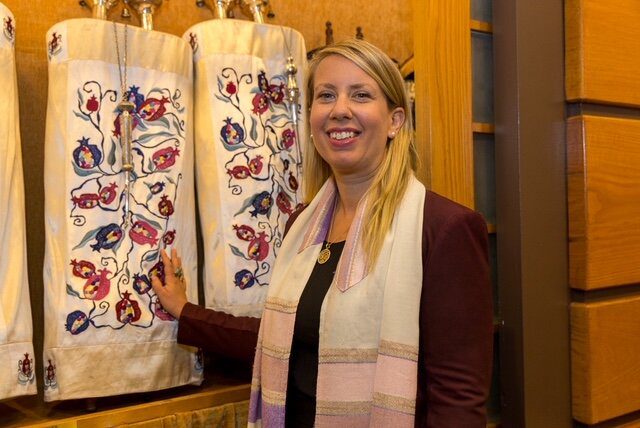By Kara Baskin
On Friday, March 15, “Auschwitz. Not Long Ago. Not Far Away.” premieres at The Castle at Park Plaza. It’s the New England debut of a harrowing exhibit that has captivated and devastated audiences around the world.
The exhibition spotlights more than 700 original artifacts gathered from the Auschwitz-Birkenau Memorial, the United States Holocaust Memorial Museum and others. The objects are devastatingly personal: child-sized shoes, dolls that would never be held again, suitcases packed by deportees—everyday items imbued with horror.
Then there are the artifacts from the chambers: barracks, gas masks, bunk beds, a Model 2 freight car used to transport Jews to the camps, striped prison uniforms: now set behind glass cases, out of context but haunting in their spareness.
“The difference between a good historical museum and an ordinary museum is that a historical museum uses artifacts to tell a story. Some museums tell the story of the artifacts. We believe that a museum tells a story, and the artifacts are the tools with which we tell the story,” says Rabbi Michael Berenbaum, one of the exhibit’s consultants. He has served as deputy director of the President’s Commission on the Holocaust and project director of the United States Holocaust Memorial Museum.
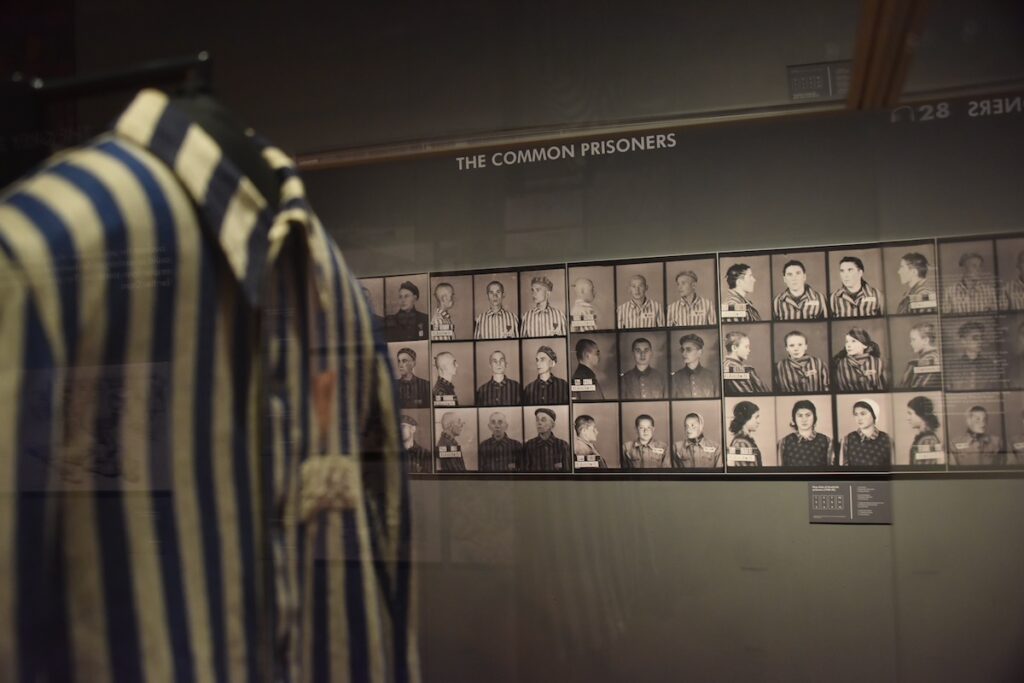
There are also the painfully ordinary stories of victims: The museum displays what’s known as the Lili Meier album, depicting the arrival of Hungarian Jews and the selection process imposed by the SS. Meier and her family were sent to Auschwitz from Bil’ki, Ukraine, then part of Hungary. They arrived on May 26, 1944, coinciding with professional SS photographers. Meier survived Auschwitz, forced labor in Morchenstern and later a transfer to the Dora-Mittelbau camp, where she was liberated. She brought the original album with her when she immigrated to the United States.
But there’s also the Hoecker album, a stark juxtaposition showing laughing SS officers socializing and having fun, likely assembled by SS Obersturmführer Karl Hoecker, chief to the commandant of Auschwitz, SS-Sturmbannführer Richard Baer.
“We see the perpetrators of Auschwitz at play in their leisurely camp, a retreat center outside of the camp—the way in which they sang, the way in which they sunned themselves, the way in which they flirted,” Berenbaum says.
The voices of survivors are also woven throughout the exhibit, including those who endured the Sonderkommando, forced to dispose of gas chamber corpses. They describe the horror of deportation and killings, but also their hope for the future.
“We’re in the twilight. We’re one minute to midnight in the life of the survivors, and we’re now about to move from lived memory to historical memory,” Berenbaum says. “Auschwitz should be far away and long ago. But we’re hearing echoes of hatred, echoes of venom, echoes of antisemitism throughout society.”
And in an era when antisemitic incidents are on the rise, particularly in Massachusetts, it’s a stark reminder that the past isn’t far away at all. As part of CJP’s initiative to combat antisemitism, CJP is providing funding for 7,000 public school students to visit the exhibition to deepen education about the Holocaust and contemporary antisemitism.
“I’d like visitors to understand where hatred can lead and where venom can take us as a society and as individuals,” Berenbaum warns. “We have a section on the rise of Nazism. A photographer went through Germany, city by city, town by town, village by village, and photographed all the antisemitic signs that were found throughout the towns: ‘Jews not wanted,’ et cetera. They put it in a photo album to demonstrate the pervasiveness of this venom. When you see that in its entirety, you realize that these have the potential not to be isolated instances of hatred but can morph into something much more explosive.”
The exhibit is recommended for visitors 12 and up.
Tickets are expected to sell out; buying in advance is recommended at theauschwitzexhibition.com.
“It’s not an easy exhibition, but it’s an important exhibition. And for a family to spend quality time with something that’s deep, that’s important, that’s relevant—I’m sorry that it’s relevant—and has to be seen through the prism of rising antisemitism and rising hatred in our society, it’s an important opportunity to go as a family,” he says.
Kara Baskin is a writer for FaceJewishHate.org. She is also a regular contributor to The Boston Globe and a contributing editor at Boston Magazine. She has worked for New York Magazine and The New Republic, and helped to launch the now-defunct Jewish Rock and Roll Hall of Fame.
